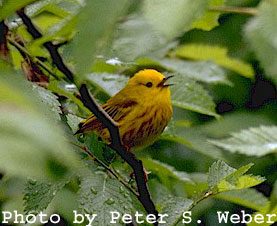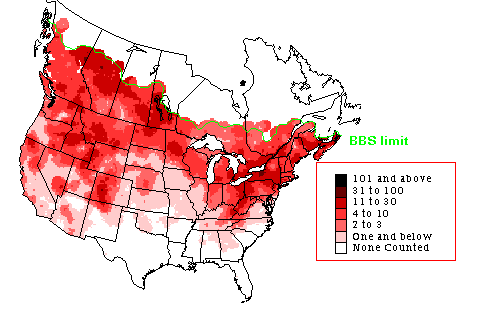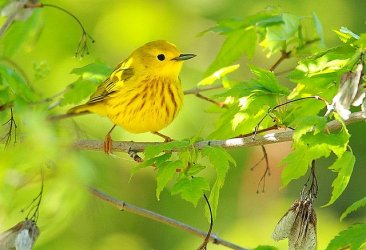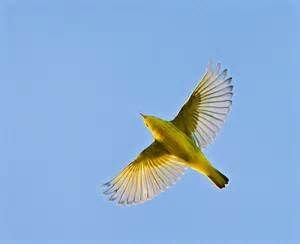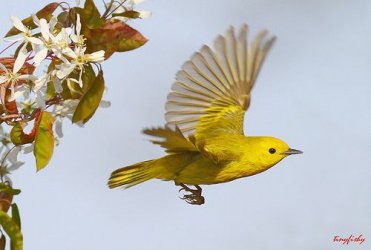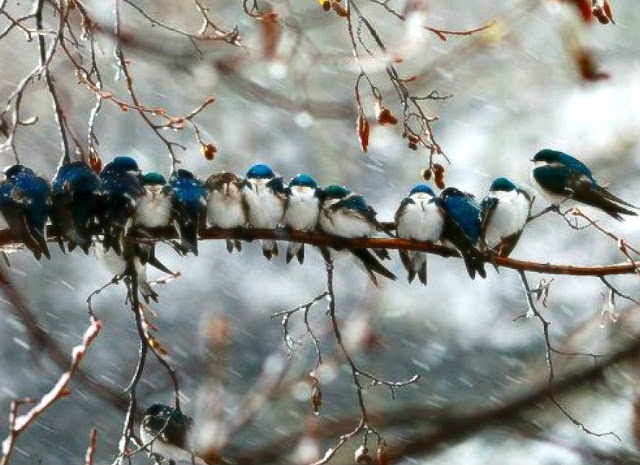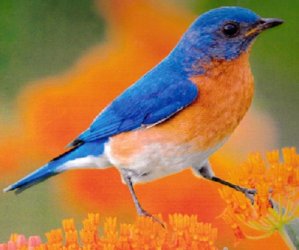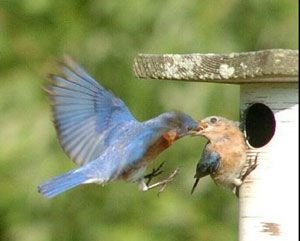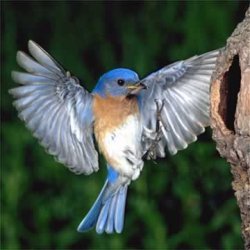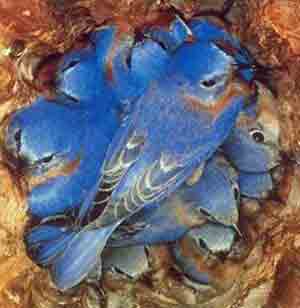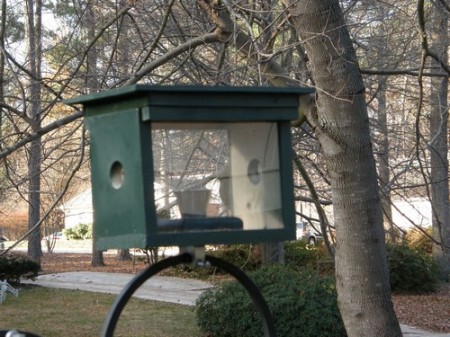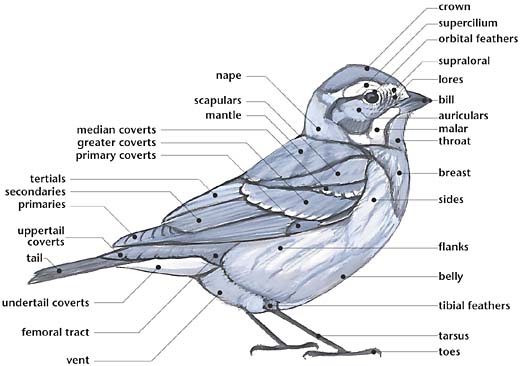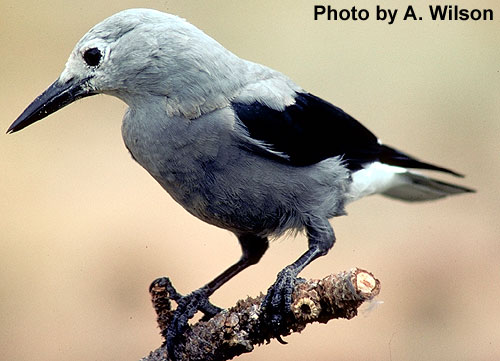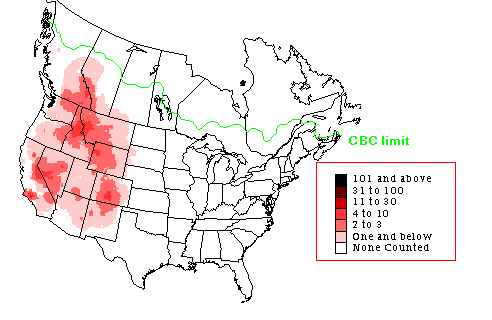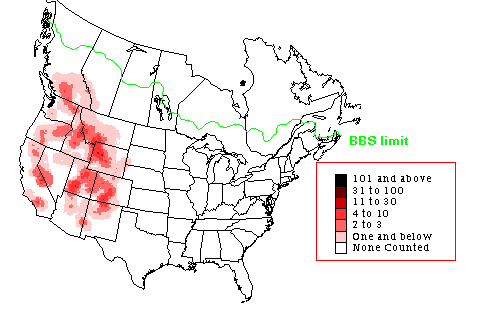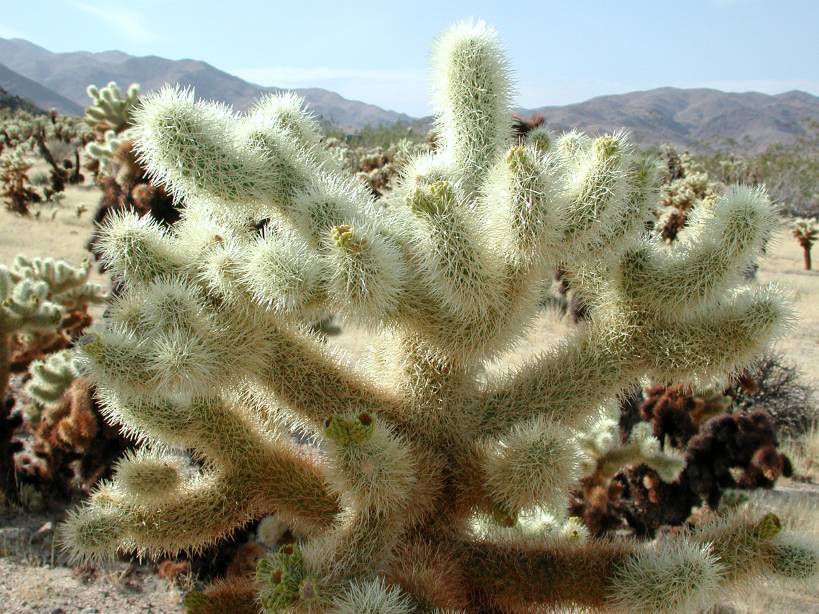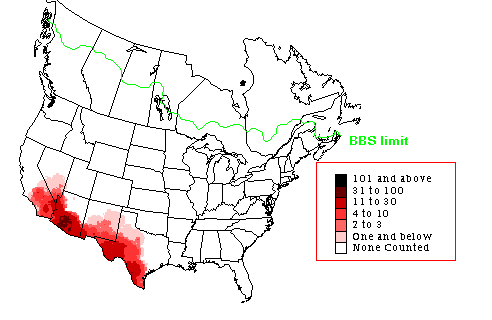- Thread starter
- #581
Seaside Cottage:

SEASIDE COTTAGE - SPECIAL ORDER :: BIRDHOUSES : CLASSIC SERIES
| reset
 [SIZE=-1]Tangerine Cottage Birdhouse [/SIZE]
[SIZE=-1]Tangerine Cottage Birdhouse [/SIZE]
[SIZE=-1]
[/SIZE]  [SIZE=-1]The Backyard Bird Gazebo Feeder [/SIZE]
[SIZE=-1]The Backyard Bird Gazebo Feeder [/SIZE]
[SIZE=-1]
[/SIZE]  [SIZE=-1]Backyard Bird Cottage [/SIZE]
[SIZE=-1]Backyard Bird Cottage [/SIZE]
[SIZE=-1]
[/SIZE]  [SIZE=-1]Cafe Au Lait Cottage Birdhouse [/SIZE]
[SIZE=-1]Cafe Au Lait Cottage Birdhouse [/SIZE]
[SIZE=-1]
[/SIZE]  [SIZE=-1]Cotton Candy Cottage Birdhouse [/SIZE]
[SIZE=-1]Cotton Candy Cottage Birdhouse [/SIZE]
[SIZE=-1]
[/SIZE]  [SIZE=-1]Crab Cottage [/SIZE]
[SIZE=-1]Crab Cottage [/SIZE]
[SIZE=-1]
[/SIZE]  [SIZE=-1]Key Lime Cottage Birdhouse [/SIZE]
[SIZE=-1]Key Lime Cottage Birdhouse [/SIZE]
[SIZE=-1]
[/SIZE]  [SIZE=-1]Peaches N Cream Cottage Birdhouse [/SIZE]
[SIZE=-1]Peaches N Cream Cottage Birdhouse [/SIZE]
[SIZE=-1]
[/SIZE]  [SIZE=-1]Sand Dollar Cottage [/SIZE]
[SIZE=-1]Sand Dollar Cottage [/SIZE]
[SIZE=-1]
[/SIZE]  [SIZE=-1]Sea Horse Cottage [/SIZE]
[SIZE=-1]Sea Horse Cottage [/SIZE]
[SIZE=-1]
[/SIZE] 
: BIRDS OF A FEATHER SERIES HOME BAZAAR DECORATIVE BIRD HOUSES AND BIRD FEEDERS
Wow, wouldn't those be cute on the fence! all around!

SEASIDE COTTAGE - SPECIAL ORDER :: BIRDHOUSES : CLASSIC SERIES
| reset
 [SIZE=-1]Tangerine Cottage Birdhouse [/SIZE]
[SIZE=-1]Tangerine Cottage Birdhouse [/SIZE][SIZE=-1]
 [SIZE=-1]The Backyard Bird Gazebo Feeder [/SIZE]
[SIZE=-1]The Backyard Bird Gazebo Feeder [/SIZE][SIZE=-1]
 [SIZE=-1]Backyard Bird Cottage [/SIZE]
[SIZE=-1]Backyard Bird Cottage [/SIZE][SIZE=-1]
 [SIZE=-1]Cafe Au Lait Cottage Birdhouse [/SIZE]
[SIZE=-1]Cafe Au Lait Cottage Birdhouse [/SIZE][SIZE=-1]
 [SIZE=-1]Cotton Candy Cottage Birdhouse [/SIZE]
[SIZE=-1]Cotton Candy Cottage Birdhouse [/SIZE][SIZE=-1]
 [SIZE=-1]Crab Cottage [/SIZE]
[SIZE=-1]Crab Cottage [/SIZE][SIZE=-1]
 [SIZE=-1]Key Lime Cottage Birdhouse [/SIZE]
[SIZE=-1]Key Lime Cottage Birdhouse [/SIZE][SIZE=-1]
 [SIZE=-1]Peaches N Cream Cottage Birdhouse [/SIZE]
[SIZE=-1]Peaches N Cream Cottage Birdhouse [/SIZE][SIZE=-1]
 [SIZE=-1]Sand Dollar Cottage [/SIZE]
[SIZE=-1]Sand Dollar Cottage [/SIZE][SIZE=-1]
 [SIZE=-1]Sea Horse Cottage [/SIZE]
[SIZE=-1]Sea Horse Cottage [/SIZE][SIZE=-1]

: BIRDS OF A FEATHER SERIES HOME BAZAAR DECORATIVE BIRD HOUSES AND BIRD FEEDERS
Wow, wouldn't those be cute on the fence! all around!






